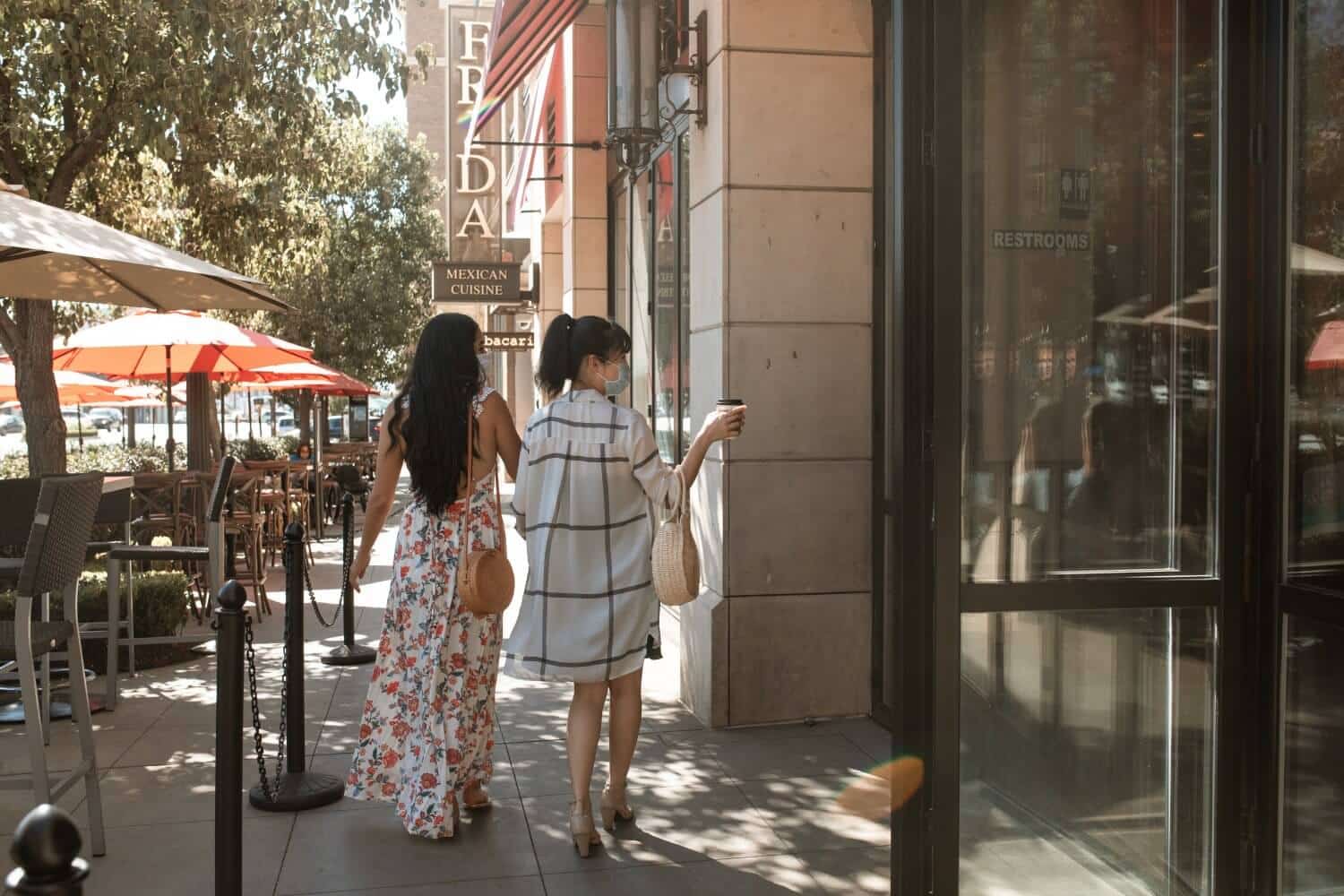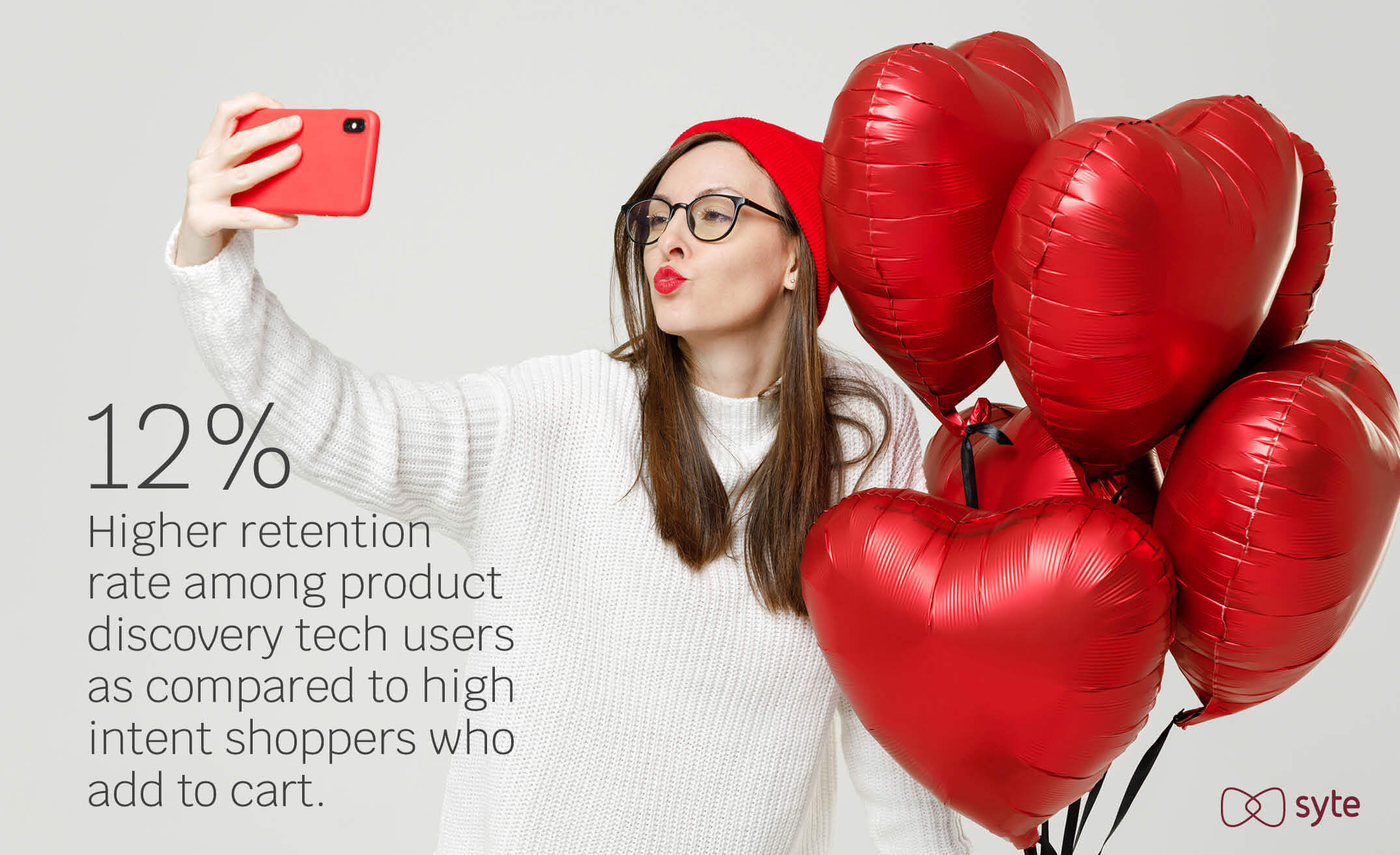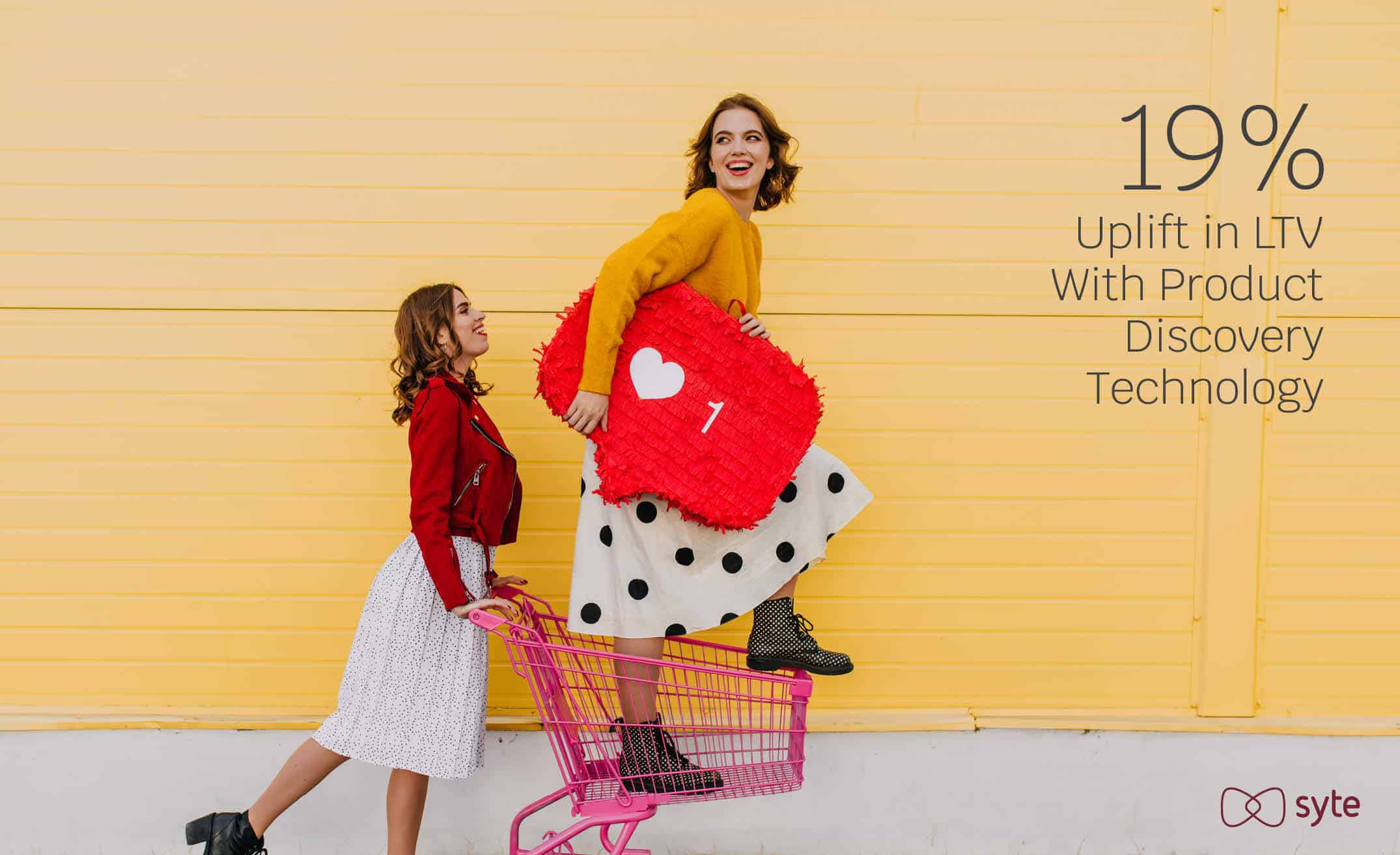The global pandemic prompted a huge shift in consumer behavior, including a breakdown in customer loyalty — both because of supply chain disruptions that prompted stock shortages and because of the sudden rush of new online competition. Now that the initial “shock to loyalty” is leveling out, the brands investing in keeping the new business they’re seeing in the long-term — or those that crack to code on how to increase customer lifetime value (LTV) — are poised to be at a tremendous advantage in the coming months.

In the era of through-the-roof customer acquisition costs, increasing retention and lifetime value are strategic paths to efficient growth. Loyal customers are not only a reliable source of revenue but also of new business. KPMG found that when a consumer is loyal to a brand, 86% will recommend it, 52% will buy from it even if there’s a cheaper and more convenient alternative, and 46% will stick to it even after a bad experience.
With this kind of business value at stake, building that initial customer relationship and planting the seeds for loyalty is more important than ever — but it’s also more of a challenge. Consumer expectations are extraordinarily high, and in order for brands to increase customer lifetime value, they need to deliver the precise experiences that make shoppers tick at every stage of the customer journey.
In this post, you’ll learn what’s driving customer loyalty today, and how improving the customer experience with visual product discovery can boost LTV.
Delivering Value-Driven Experiences to Rebuild and Maintain Loyalty
Building customer loyalty takes time and relies heavily on cultivating confidence. As more shoppers try new brands and online shopping behaviors — McKinsey & Co. found that 75% of consumers have changed their shopping behaviors driven by the need for value, accessibility, and convenience — establishing that initial sense of trust through a standout customer experience is even more critical.
The focus on customer experience for driving loyalty has historically been even more important during times of crisis. For example, Watermark released a 10-year study on the ROI of CX spanning the 2008 global financial crisis, and 11 years later, CX leaders outperformed CX laggards, generating a total cumulative return that was almost three times greater.
We continue to see this sentiment echoed now, as shoppers seek out value beyond the product in the wake of COVID-19. Our recent interview with digital psychologist Dr. Liraz Margalit revealed what today’s customers are expecting from brands and retailers in exchange for their loyalty:
“We are talking about a shift to value and experience. People actually are looking for the value and are looking for the ‘extra.’ They’re looking for the experience itself, and not only the product. This trend began even before COVID, but now, it’s as if people have decided they know what really matters, and what really matters is not the product itself—it’s the actual experience.”
How to Increase Customer Lifetime Value With Visual Product Discovery
In today’s digital-first, omnichannel world, the moment customers don’t get a sense of value, accessibility, and convenience in their interactions with your brand is the moment that loyalty breaks down.
The key is bringing that added value into your initial touchpoints with shoppers. While your customer experience throughout the journey is certainly paramount, shoppers won’t have the opportunity to see your perfect packaging, sensational service, or flexible fulfillment and return options if you don’t first help them find your products in the most intuitive, seamless, and delightful way.
In other words, product discovery is really the gateway to your overall customer experience. Get it right, and shoppers will enjoy all you have to offer and come back for more. Get it wrong, and you lose them before the journey even started.

One of the most impactful ways to make product discovery easier and faster for shoppers is to include visual discovery tools, like camera search and recommendation engines on your site. This way, even when shoppers don’t quite have the words to describe what they’re looking for, they can upload an image or easily browse similar items to the products that catch their eye.
In fact, Syte’s data analysis from July-December 2020 found that when shoppers interact with these on-site visual product discovery tools — specifically those powered by visual AI, which provides the most accurate and relevant results and suggestions — they are more likely to become long-term, high-value customers:
- Compared to high-intent “add to cart” shoppers, those who engaged with on-site product discovery tools had a 12% uplift in retention rate at the end of a 30-day period
- The higher retention rate among users of visual discovery technologies also translated to a 19% uplift in customer LTV within a 30-day period, compared to all customers.
This data shows us that when shoppers can find products that suit their exact tastes and preferences with speed and ease, it follows that they’ll engage and spend more.

Let’s take a closer look at how these technologies improve the customer journey and lead to increased lifetime value:
Removing Friction for an Intuitive Customer Journey
Every interaction with shoppers is an opportunity to demonstrate what your brand is all about. Whether your customers arrive on your homepage ready to search, or unintentionally land on your website from Google, visual product discovery tools can and should instantly lead them to the product they are after.
If you fail to surface the right products at the right moment, shoppers can simply jump to another website, carrying with them a negative impression of your brand. Friction-filled moments in the journey, including dead ends due to out-of-stock notices or inaccurate search results, have no place in today’s competitive retail landscape.
The ability to search with an image eliminates that friction for goal-oriented shoppers, but it’s important to cater to browsers as well. By making product images shoppable and enabling customers to click through and find similar items to the ones pictured, you’re also enabling them to continue towards purchase on the path they prefer, letting their visual inspiration guide them. Whenever you design product discovery experiences, be sure to think outside the box about the way a shopper may want to navigate your site.
Providing a Personalized Online Shopping Experience
Deloitte research found that at least a quarter of all shoppers say the technologies that would make them more loyal are tools that enable more personalization, frictionless experiences, and customization.
Herein lies a unique opportunity for brands with visual product discovery tools deployed on-site. Everything from the results of a visual search to smart on-site product recommendations can be layered with hyper-personalization technology that “listens” and respond in real-time to customers’ specific and changing needs. This way shoppers get the ease of visual product discovery alongside the individual-level attention of context-based and preference-based product suggestions.
Shoppers will quickly come to expect this new way of finding products, improving upon their usual routine. In fact, the research from Deloitte further noted that “Customer loyalty is often tied to routine, so any innovation that simplifies a routine while enhancing the customer experience is a reward in itself. It is very likely that customers will remember their experience with a brand long after they have forgotten receiving a discount.”
The same way that now, most of us expect a Netflix-like experience when consuming media, shoppers now expect navigating through a brand or retailer’s site to be just as personal and integrated with their everyday life, understanding their unique preferences and current intent. The more a shopper feels like a brand “gets” them, the more likely they are to return.

Building Trust to Improve Relationships and Increase Customer Lifetime Value
According to the Edelman Trust Barometer, for 65% of consumers worldwide, how well companies respond to the pandemic will have a huge influence on the likelihood to purchase from them in the future. Part of that has to do with understanding their new needs and creating experiences that make it easy and comfortable for them to shop with you.
Visual product discovery shows not only that you understand your customers with or without words, but that you know their taste, what they are looking for, and how they prefer to find it. This empathetic view of your customers’ navigation journies creates a strong foundation for long-term customer relationships. It also makes the buyer journey more pleasant and efficient, showing shoppers again that you value their time and their experience.
There’s no more effective way to build trust than to make that initial interaction with shoppers positive, personalized, and intuitive.
A New Horizon for Customer Experience and Brand Loyalty
Many challenges have surfaced since 2020, but as cliché, as it sounds, this past year has also revealed several opportunities to reevaluate existing processes and introduce more effective ones. From here on out, brands and retailers can’t get away with not having a deeper understanding of customers’ needs and behaviors, beginning with their experience discovering your products.
Connecting your customers to the products they’re looking for without friction—and acknowledging their individual preferences along the way—makes your customers’ lives easier. Hyper-personalized, visual product discovery can solidify your brand as a positive destination, providing valuable, accessible, and convenient customer experiences on every visit. It supports your customer acquisition and retention efforts and creates shopping experiences that stick, thereby increasing customer loyalty and lifetime value in the longrun.